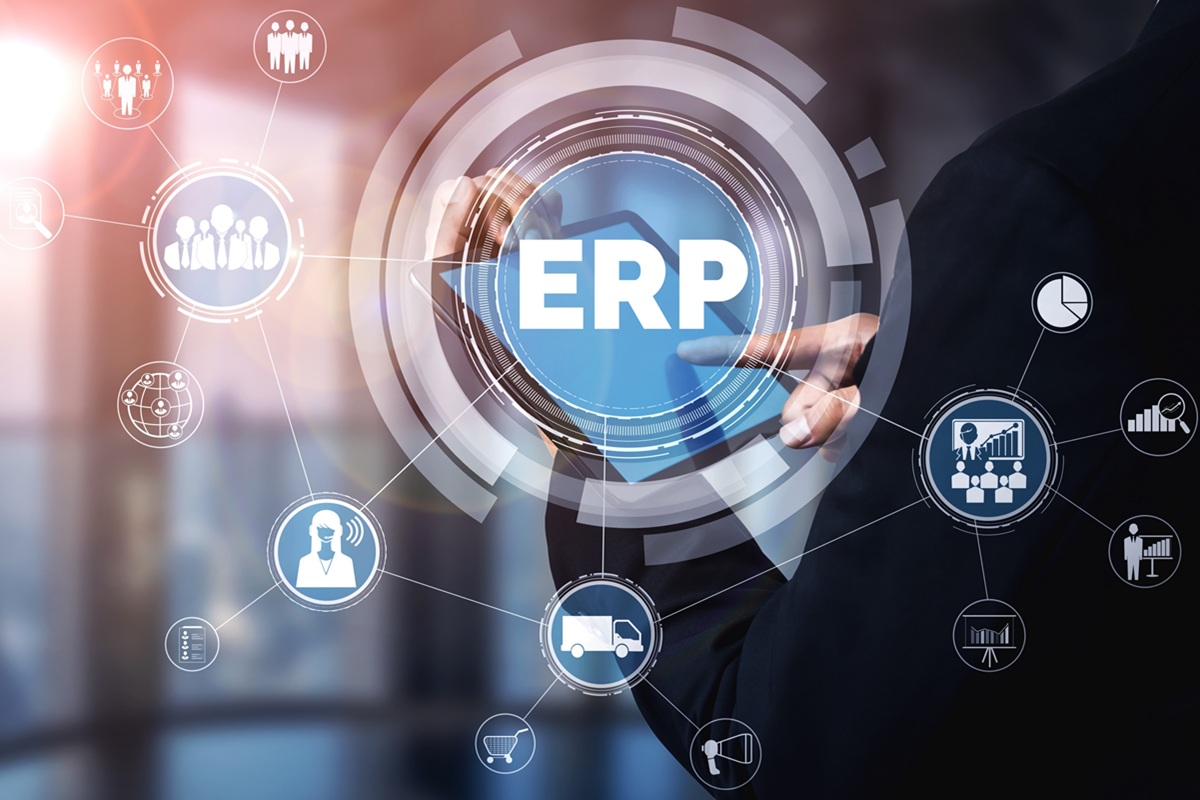In today’s business environment, growth is often limited not by opportunity, but by systems. Many organizations still rely on disparate tools – standalone accounting systems, spreadsheets for inventory, manual project tracking, and separate CRM tools for sales. The result is a fractured view of operations, slow decision-making, and unnecessary administrative effort.
This is why the move to an Enterprise Resource Planning (ERP) system has become a critical step in business transformation. An ERP brings core business processes into one unified platform – finance, supply chain, sales, service, and operations – ensuring that users work from a single source of truth.
However, not all ERP systems are the same. Selecting the right one requires careful consideration, particularly as AI and automation begin to shape how businesses operate and compete.
This guide outlines the key factors to consider when evaluating ERP solutions, so business leaders can make informed and confident decisions.
Understanding the Role of ERP in Modern Business
ERP was once primarily about automating back-office processes. Today, the role of ERP has evolved. Modern ERP systems are expected to deliver:
- Real-time visibility into performance.
- Tighter collaboration across teams.
- Process standardization and control.
- Scalability to support business growth.
- Meaningful insights that drive decision-making.
With the rise of cloud computing and AI, ERP systems can now analyze data proactively, detect patterns, suggest improvements, and even automate tasks that previously required human intervention.
In short, ERP is no longer just a system of record – it has become a system of intelligence.
Common Challenges When Selecting an ERP

Businesses often face similar challenges during ERP evaluation:
- Too many vendors and products to compare.
- Difficulty assessing which features are essential vs. optional.
- Hidden implementation and support costs.
- Fear of choosing a system that will not scale.
- Concerns over user adoption and training requirements.
Additionally, some organizations still approach ERP selection from a feature checklist perspective, rather than focusing on long-term adaptability, integration, and AI readiness. This often leads to systems that look attractive during demos but become costly and rigid later.
A structured evaluation framework helps avoid these pitfalls.
Key Criteria to Consider When Selecting an ERP
The following criteria provide a practical guide for decision-making.
Evaluation Criteria | What to Look For | Why It Matters |
|---|---|---|
Functional Fit to Your Industry | Support for core workflows without heavy customization
| Reduces complexity and implementation risk
|
Scalability & Cloud Architecture | Cloud-native deployment with continuous updates
| Ensures the system grows alongside your business
|
Integration Capabilities
| Ability to connect with email, CRM, e-commerce, BI tools, and productivity apps
| Eliminates manual work and data silos
|
Ease of Use & User Experience | Familiar, intuitive interface that employees can learn quickly
| Drives adoption and reduces training costs |
AI and Automation Readiness | Built-in capabilities that automate tasks and provide recommendations
| Improves efficiency and enables proactive decision-making
|
Local Support & Implementation Expertise | Access to an experienced implementation partner with domain knowledge
| Ensures a smooth deployment and strong ongoing support
|
Total Cost of Ownership (TCO)
| Transparent subscription pricing and predictable upgrade path
| Prevents unexpected financial impact in later years
|
Evaluation Criteria | What to Look For | Why It Matters |
|---|---|---|
Functional Fit to Your Industry | Support for core workflows without heavy customization
| Reduces complexity and implemen- tation risk |
Scalability & Cloud Architecture | Cloud-native deployment with continuous updates
| Ensures the system grows alongside your business
|
Integration Capabilities
| Ability to connect with email, CRM, e-commerce, BI tools, and productivity apps
| Eliminates manual work and data silos
|
Ease of Use & User Experience | Familiar, intuitive interface that employees can learn quickly
| Drives adoption and reduces training costs |
AI and Automation Readiness | Built-in capabilities that auto- mate tasks and provide recommen- dations | Improves efficiency and enables proactive decision-making
|
Local Support & Implemen- tation Expertise | Access to an experienced implemen- tation partner with domain knowledge | Ensures a smooth deployment and strong ongoing support
|
Total Cost of Ownership (TCO)
| Transparent subscription pricing and predictable upgrade path
| Prevents unexpected financial impact in later years
|
The Emerging Role of AI in ERP Selection
While traditional ERP systems help standardize and automate business processes, AI-enabled ERP systems go further by enabling businesses to operate more intelligently.
A modern ERP should be able to:
- Extract insights from real-time data.
- Recommend optimal actions (e.g., replenish stock, revise pricing).
- Automate document processing and approvals.
- Assist users with natural language commands.
- Generate content – such as product descriptions, email responses, or proposals.
- Detect anomalies in financial or operational data.
When evaluating AI readiness, ensure that AI is:
- Native to the platform, not a third-party add-on.
- Continuously updated as part of the vendor’s roadmap.
- Accessible to users within the tools they already work in.
This is where ERP selection begins to directly influence future competitiveness, not just current efficiency.

Introducing Microsoft Dynamics 365 Business Central
Among modern ERP solutions available today, Microsoft Dynamics 365 Business Central stands out as a strong fit for organizations seeking a cloud-ready, scalable, and AI-enabled business platform.
Key Advantages of Dynamics 365 Business Central
- Cloud-native and hosted on Microsoft Azure, ensuring reliability, security, and automatic updates.
- Integrates seamlessly with Microsoft 365 (Outlook, Excel, Teams), Power BI, Dynamics 365 CRM and many more commercially available add-ons.
- Designed for SMEs to mid-market organizations across distribution, retail, services, and project-based industries.
- Flexible licensing and a predictable subscription model.
AI with Microsoft Copilot
Business Central now includes Microsoft Copilot, bringing AI assistance into day-to-day business operations:
- Suggests inventory replenishment based on demand trends.
- Generates finance and business insights automatically.
- Creates product and marketing descriptions based on item attributes.
- Speeds up bank reconciliation with AI matching.
- Helps teams work faster directly within Outlook or Teams.
This means your workforce doesn’t need to learn new tools – the system brings intelligence to where they already work.
The Importance of the Implementation Partner
Even the best ERP system can underperform if not implemented with proper understanding and alignment to business processes. Choosing the right partner ensures:
- Accurate process mapping and solution design.
- Smooth data migration and configuration.
- Effective training and user adoption.
- Reliable post-go-live support.
This is where local experience and industry knowledge matter.
Conclusion
Selecting an ERP system is a strategic business decision, one that influences efficiency, agility, and long-term competitiveness. The right ERP:
- Fits your processes,
- Scales with your growth,
- Integrates with your existing tools, and
- Leverages AI to help your teams work smarter.
Microsoft Dynamics 365 Business Central embodies these principles – offering a unified, cloud-based, AI-enabled platform backed by the strength of the Microsoft ecosystem.
If your organization is considering a new ERP solution or planning to modernize your existing systems, we can assist with a structured evaluation to determine whether Business Central is the right fit for your business.





